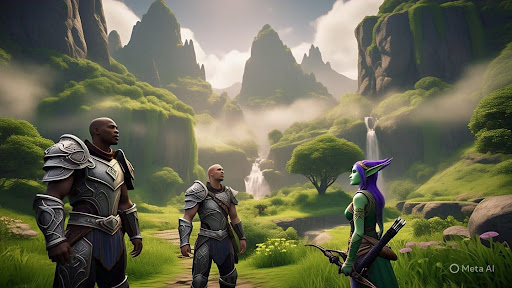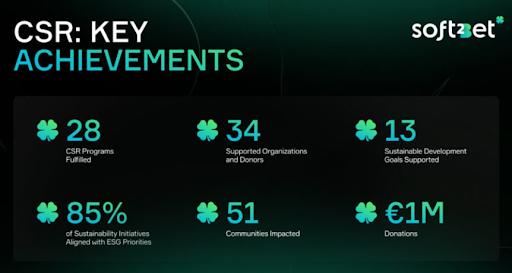Qatar 2022 was the first time the FIFA World Cup had visited the Arab World. It split opinion when the host nation was announced. Critics labeled it an outrage that a country with a sinister human-rights record was allowed to welcome the world for a sports party only four years after Russia took center stage. Then there were the backers who promised fans a historic tournament, the most environmentally friendly World Cup we’ve ever seen.
The issues raised before the opening ceremony of Qatar’s winter World Cup still need to be cleared up during four weeks of soccer matches, and that debate will rage on for some time to come. How did FIFA arrive at such a controversial decision? Should the process of choosing a host nation be changed? Perhaps they could be put to a public vote? As we learned during the coronavirus pandemic, soccer is nothing without fans, and many supporters clubs have warned FIFA that they won’t be ignored. But we must wait and see if officials pay any notice.
Away from the debate over the process of awarding a nation the right to host a World Cup, we return to soccer. Despite its criticism, Qatar provided sports fans with one of the most exciting and unpredictable competitions we’ve ever seen. There were upsets, shock results and big price winners with the top sportsbooks at Vegas Betting. Qatar 2022 set a high bar for World Cup 2026.
But where are we off to next, and what can we expect from a tournament that will be four years in the making? Here’s everything you need to know about the next World Cup.
Google Images Creative Commons Licenses
Host nation
No sooner has the dust settled on Qatar, and fans are looking ahead to World Cup 2026. The United States, Canada, and Mexico will jointly hold the next competition. Playing a part in the next installment moves Mexico to more World Cups hosted than any other nation. Fans can’t wait to start, and what we enjoy there will be very different from the tournament we saw in the Arab World.
Hosting international soccer’s best-followed tournament has become a chance for many major nations to flex their muscles and showcase what they can achieve. The US will want to throw a bigger, better, safer, and more modern party than anything we’ve seen in the past. It’s an opportunity for the nation and its neighbors to surpass all expectations on fan engagement, sustainability, and working towards carbon-neutral games. They want to leave a legacy.
The FIFA World Cup final is the most-watched sporting event on the planet, with viewing figures dwarfing anything seen in the Super Bowl, NBA Finals, or the Stanley Cup. That’s why the tournament is worth billions in revenue, advertising, and tourism. And that’s why the race to host the World Cup has recently become so fierce.
Will the USA, Canada, and Mexico deliver on their promises? We’ll have to wait and see on that one, but until then, here’s what we know about World Cup 2026.
Dates and details
The next World Cup will be the 26th running of the tournament and the first to involve 48 teams, growing from the 32 seen previously, including in Qatar.
Games will be played between June and July as we make a welcome return to summer soccer, leaving behind the bad memories of watching games or organizing expensive travel during the festive period.
Games are spread across 16 cities in three North American countries, with the US providing the backdrop for 60 matches, including the quarter-finals, semi-finals, and final. It also enters the history books as the first World Cup staged by three countries.
Early predictions
It’s still too early to predict which teams will win World Cup 2026, as qualifying has yet to begin, and all 48 slots will remain vacant until at least 12 months before the start date.
But major sportsbooks still need to make predictions and publish their World Cup 2026 outright odds. It’s all the usual suspects near the head of the list, including Brazil, France, Argentina, and England. Croatia will also be prominent. It’s always early enough to make the big calls on the next world champion.





















